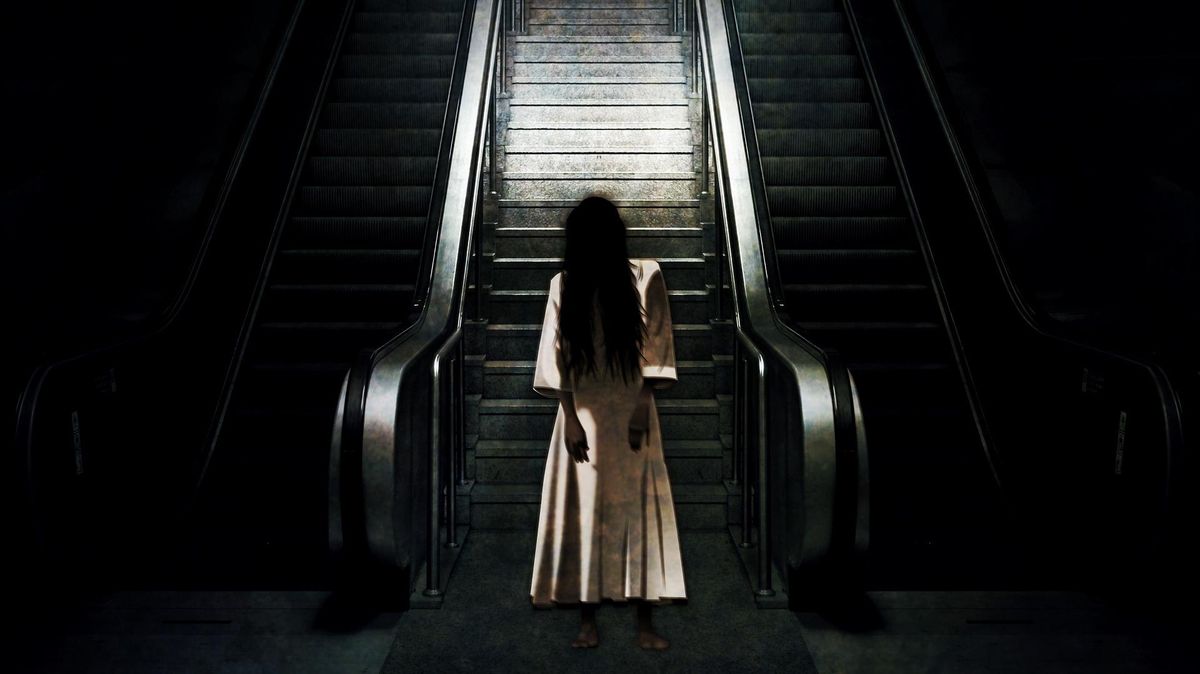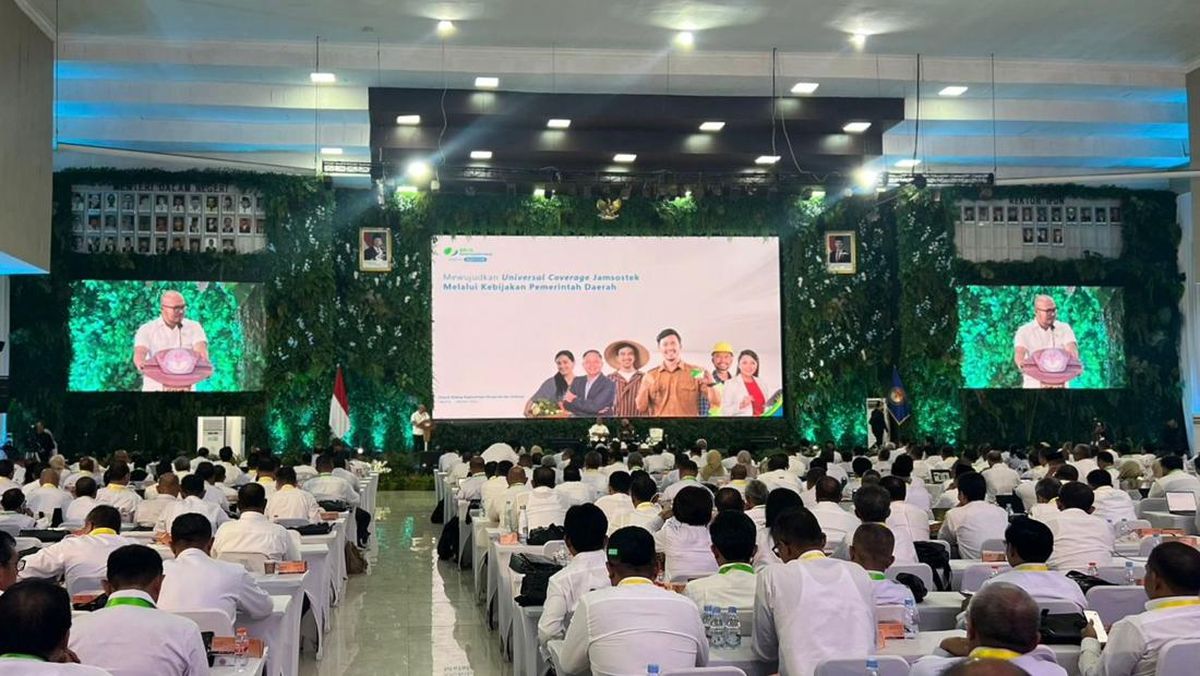The latest result builds on the company’s recent prior drilling successes and points to a laterally extensive corridor that appears to have a high probability of further expansion.
The thick intersection demonstrates the system’s continuity and aligns with metal zonation patterns that can often guide explorers toward richer copper centres in similar folded terrains.
The consistent tenor of mineralisation over substantial widths indicates a durable, laterally persistent mineralised system, with the zinc-dominant signature in the hole reflecting a geological and geochemical zonation that is likely linked to folding and metal remobilisation along the Oonagalabi corridor.
Positioned 170m north of an earlier hole which also intercepted strong copper grades, the latest result extends the inferred mineralised strike distance at Oonagalabi about 300m northwards and adds at least 180m of vertical extent.
Litchfield’s integrated modelling of induced polarisation (IP) data in 2D and 3D, combined with all drilling to date, provides initial insights into the corridor’s dip, although fold repetitions and precise geometry remain to be fully resolved.
The necessary resolution is being addressed through planned further targeted drilling to bracket fold spacing, refine true thicknesses and pinpoint the highest-grade segments of the main Oonagalabi zone.
Litchfield’s next steps at Oonagalabi include plans for a step-out hole in November, located about 450-500m south of the company’s most recent headline hole, to probe structural and mineralisation continuity.
A positive outcome to the proposed drill hole could potentially define a coherent high-grade trend that stretches along strike for almost 600m of strike, significantly advancing the project’s resource potential.
Complementing the Oonagalabi main zone, an RC drill hole put into the southern part of the Bomb Diggity prospect, about 1.6km northeast of Oonagalabi - and still within the ~3-kilometre by 0.5-kilometre mineralised Bomb Diggity footprint – has intersected finely disseminated chalcopyrite, pyrite and pyrrhotite over the upper 40m.
The sulphide dissemination underscores the area’s fertility, aligning with coincident magnetic, gravity and conductivity anomalies that suggest a mineralised intrusive centre driving metal-rich fluids.
Geologically, Bomb Diggity reflects what might be expected for a mineralised intrusive body surrounded by a conductive sulphide halo which may also offer a direction for exploration towards thicker and/or higher-grade accumulations along localised feeder structures and contacts.
Both RC holes put into Bomb Diggity to date steepened during drilling and hence missed the primary magnetic target, but the sulphide signatures still validate the geophysical model.
Litchfield’s next steps at Bomb Diggity will prioritise versatile time domain electromagnetic geophysics (VTEM) plate modelling at the prospect to refine the geometry of the conductor plates that indicate sulphides, which will enable the company to better define the sulphide targets for future drilling.
Other steps across the project will include high-definition IP geophysical surveys set to begin on 2 November, followed by ground electromagnetics in mid-November, to define conductor extents, feeder zones and intrusive margins.
The surveys will refine targets for pursuing thicker, higher-grade copper-zinc sulphides in future drilling.
Operationally, further drilling is slated for early to mid-November with the arrival of Bullion Drilling, including four additional holes to wrap up the initial program.
Priorities will also embrace the VT2 VTEM target - 1.7km east-southeast of Oonagalabi - using fresh downhole electromagnetic (DHEM) data, alongside extending the main Oonagalabi zone and testing other northeastern conductors that were inaccessible to previous operators.
Assays for another hole in the northern third of the outcropping Oonagalabi formation are expected in about 10 days, while results from downhole electromagnetics (DHEM) results are also imminent from the company’s VT1 VTEM target, 4.5km southwest of Oonagalabi. On 23 October, Litchfield announced it had intersected sulphides at the 400m long VT1 conductor.
Management’s rapid execution of its initial drilling across Oonagalabi has turned up a swathe of interesting targets with strong extension potential that highlights multiple and sometimes broadly analogous mineralised systems.
Future initiatives, particularly employing geophysics, are expected to further unravel the complexities of Oonagalabi’s folded geology, enabling the company’s next drilling campaign to define thicker and/or higher-grade zones and outline the full discovery potential that may be lurking at depth.
Is your ASX-listed company doing something interesting? Contact: [email protected]


















































